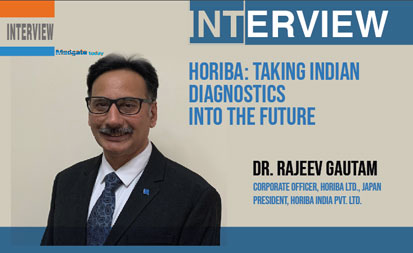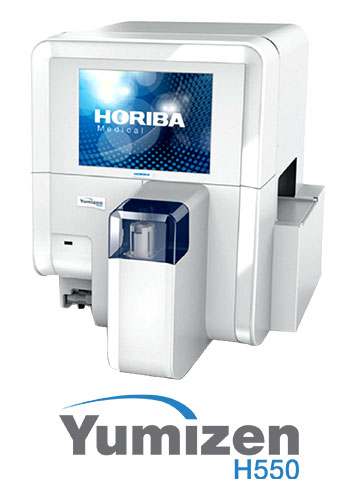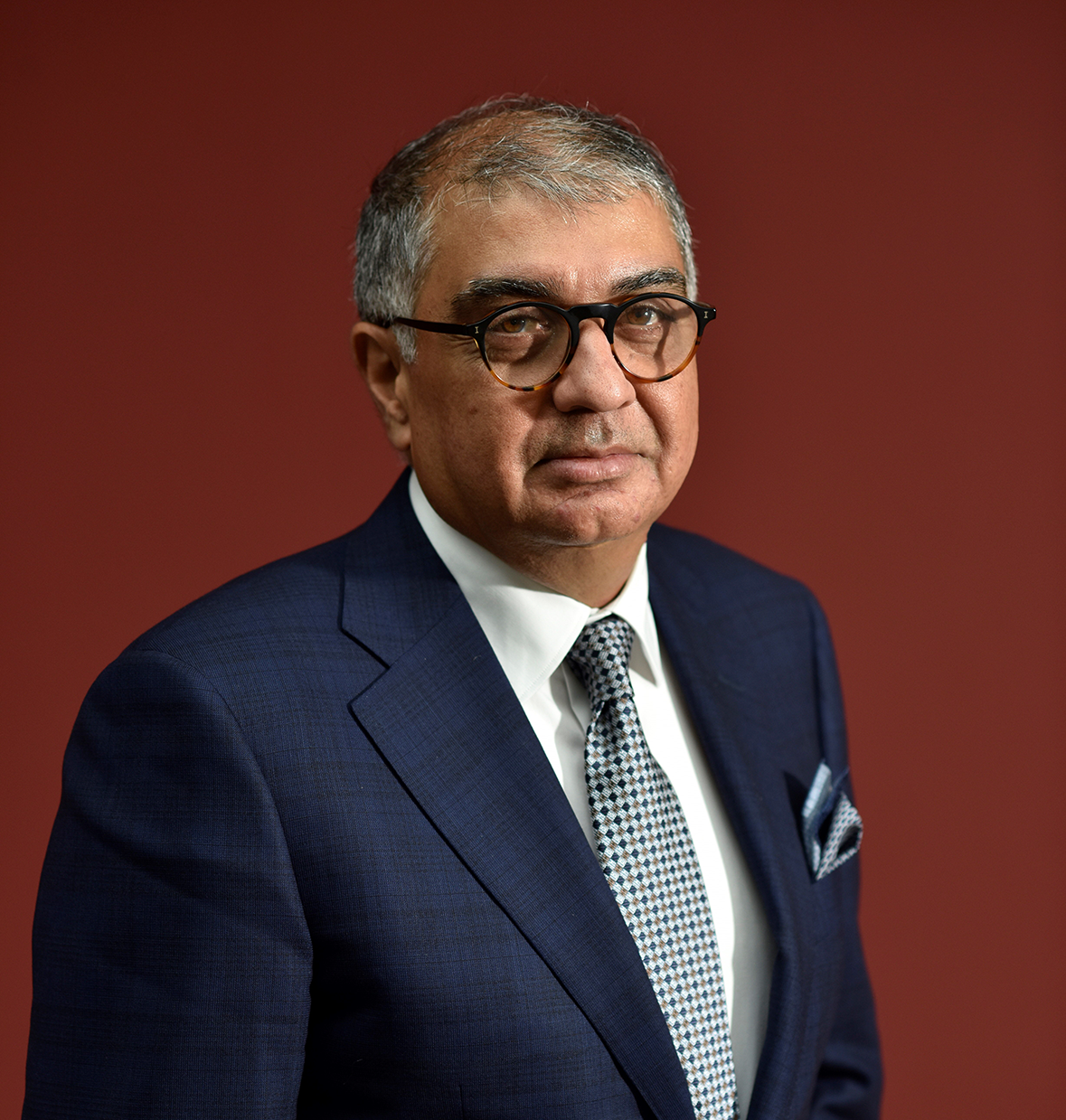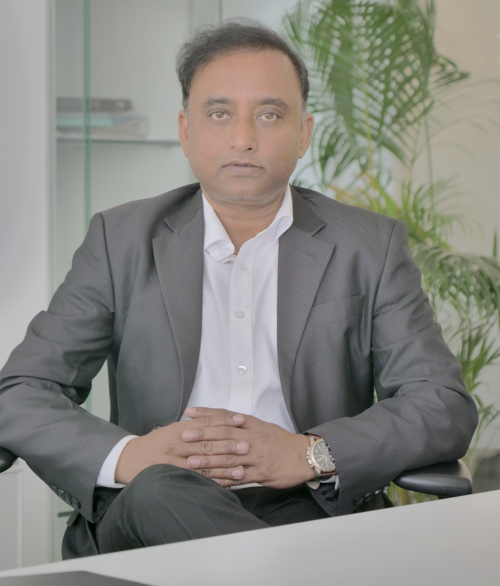HORIBA: Taking Indian Diagnostics into the Future
What is the one principle you have followed throughout your career to keep the company culture alive? At HORIBA, we are conscious of the fact that growth and prosperity lie in the wellbeing of our employees

What is the one principle you have followed throughout your career to keep the company culture alive?
At HORIBA, we are conscious of the fact that growth and prosperity lie in the wellbeing of our employees who contribute towards building the brand consistently through their dedicated and sincere efforts. One principle I along with the entire Team HORIBA believe in is, “Working Together to reach company and society goals”. Each employee has a distinct role in achieving the goal and the culmination of each individual effort leads to our common motto to meet and exceed customer demands by providing world-class products and continue our legacy of being the market leader in our specific segment.

What are the consequences — both challenges and improvements — the virus had on the diagnostic sector at large?
The COVID-19 pandemic has revolutionized the diagnostics sector. The pandemic panic has given way to increased investments in technologies like digital pathology, heightened customer experiences like drive-thru testing, and a renewed focus on training and upskilling.
Over the past year, diagnostics’ laboratories have been expanding their infrastructure and services to meet the current market demand. With the substantial increase in the number of samples per day, they were pushed to invest more in automation and improve their regular operations.
The industry at large has adapted its way to turn challenges into opportunities. The adaptability to innovative solutions, digitalization and newer technologies like self-monitoring, use of AI in customer care has proven to be a game-changer for the industries. Providing accessibility, affordability and accurate diagnostics in rural areas has been another key step in the growth.
The Indian diagnostics’ landscape is growing phenomenally pertaining to enhanced health awareness as well as the government’s national health programs. There has also been a drift in the mindset of the people with regard to preventive healthcare. India’s diagnostic sector has emerged stronger and more agile due to the disruptions brought by COVID-19.
The pandemic has been a humanitarian crisis and HORIBA has contributed significantly to tackle it. How has this changed the future course of the company compared to a situation where there would have been no pandemic at all?
The COVID-19 pandemic has dramatically shaped the market, driving growth for some IVD tests while suppressing demand for others. The need for critical care and hematology tests has been growing substantially. HORIBA has always been a pioneer in coming up with new technologies and innovative products for the betterment of the community and humanity.
With the outbreak of COVID-19, we shifted our gears to provide various specialized products like a solution for fever clinics, sanitizers, temperature monitoring devices, and a semi-automated hemostasis analyzer (Yumizen G200). We ensured the availability of much-needed parameters like D-Dimer, Ferritin, LDH, CRP to facilitate screening of COVID-19 infection during the peaks of the disease.
We have also advanced our three-part hematology analyzer (Microsemi CRP) to deliver parameters like CRP, GLR and malaria flag and a six-part hematology analyzer (Yumizen H550) to facilitate infectious screening with flags for Plasmodium falciparum, P. vivax, dengue and NLR.
Due to COVID-19, existing management models have become redundant and no longer address the hurdles posed by the crisis. We are tracking and improving team productivity and ensuring the right recruitment decisions, ensuring employee well-being and remote working arrangements. Also, we are ensuring to be available for our customers 24/7.
What do you think is the single most important change required in the field of diagnostics today?
There needs to be a plan focusing heavily on the technology front to give customers a superlative experience. There can be a recommendation engine to ensure that patients do not do unnecessary tests, a QR code-based verification system to provide end to end control of samples and end to end visibility from the time that a customer books a test until the process ends and so on. Today from an existing fragmented diagnostic experience we can have an integrated experience which will be complete digitalization of the diagnostic sector.






